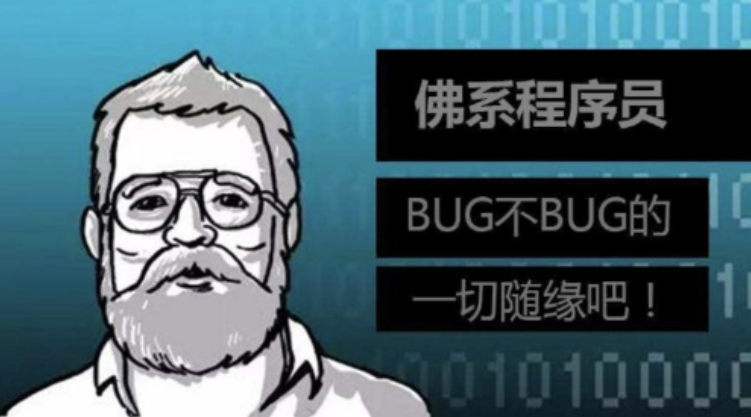要将按钮容器添加到页面中的特定位置,而不是默认的底部,您需要确定该元素应该插入到哪个具体的位置。假设您想将按钮容器添加到某个特定的父元素中,您可以使用 insertBefore 或 appendChild 方法来控制位置。
以下是一个示例代码,它演示了如何将按钮容器插入到一个指定的父元素中(例如,一个具有特定 ID 的 div 元素):
for (const item of jsonRes) {
if (item.code === 'customerInfo') {
// 客户信息展示
}
if (item.code === 'loan') { // 合同展示
// 找到目标父元素(假设它的ID是 "targetContainer")
const targetContainer = document.getElementById('targetContainer');
// 创建按钮容器
const buttonContainer = document.createElement('div');
buttonContainer.innerHTML = `
<div class="button-container">
<button class="btn" data-action="action1">按钮1</button>
<button class="btn" data-action="action2">按钮2</button>
<button class="btn" data-action="action3">按钮3</button>
<button class="btn" data-action="action4">按钮4</button>
</div>
`;
// 将按钮容器插入到目标父元素中
if (targetContainer) {
targetContainer.appendChild(buttonContainer);
// 或者使用 insertBefore 方法在特定位置插入
// targetContainer.insertBefore(buttonContainer, targetContainer.firstChild);
}
buttonContainer.querySelectorAll('.btn').forEach(button => {
button.addEventListener('click', function() {
const action = this.getAttribute('data-action');
switch (action) {
case 'action1':
console.log('按钮1被点击');
// 执行按钮1的操作
break;
case 'action2':
console.log('按钮2被点击');
// 执行按钮2的操作
break;
case 'action3':
console.log('按钮3被点击');
// 执行按钮3的操作
break;
case 'action4':
console.log('按钮4被点击');
// 执行按钮4的操作
break;
default:
break;
}
});
});
}
}
在这个代码示例中,我们首先找到一个目标父元素(例如ID为 "targetContainer" 的 div),然后将创建的 buttonContainer 添加到这个目标容器中。这可以让你控制放置的位置,使其不再出现在页面底部。如果没有这样的 ID,可以根据你的需求调整选择器以找到合适的位置。
内容由零声教学AI助手提供,问题来源于学员提问










![/data # iw --debug dev wlan0 connect -w "lucky-5g" auth open key 0:1234567890
Usage: iw [options] dev connect [-w] [] [] [auth open|shared] [key 0:abcde d:1:6162636465] [mfp:req/opt/no]
Join the network with ...](https://linuxcpp.0voice.com/zb_users/upload/2023/05/202305162239148267954.png)
![驱动代码
void kalRxTaskletSchedule(struct GLUE_INFO *pr)
{
static unsigned int num = 0;
tasklet_hi_schedule(&pr->rRxTask[(num++)%NR_CPUS]);
// tasklet_hi_schedule(&pr->rRxTask);
DBGLOG(HAL, ERROR,](https://linuxcpp.0voice.com/zb_users/upload/2023/05/202305162226144313964.png)







